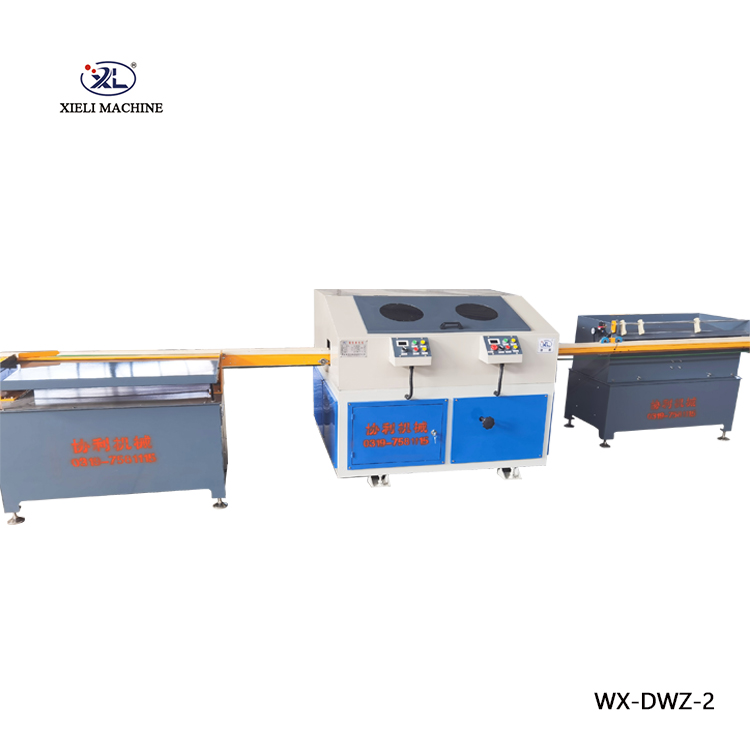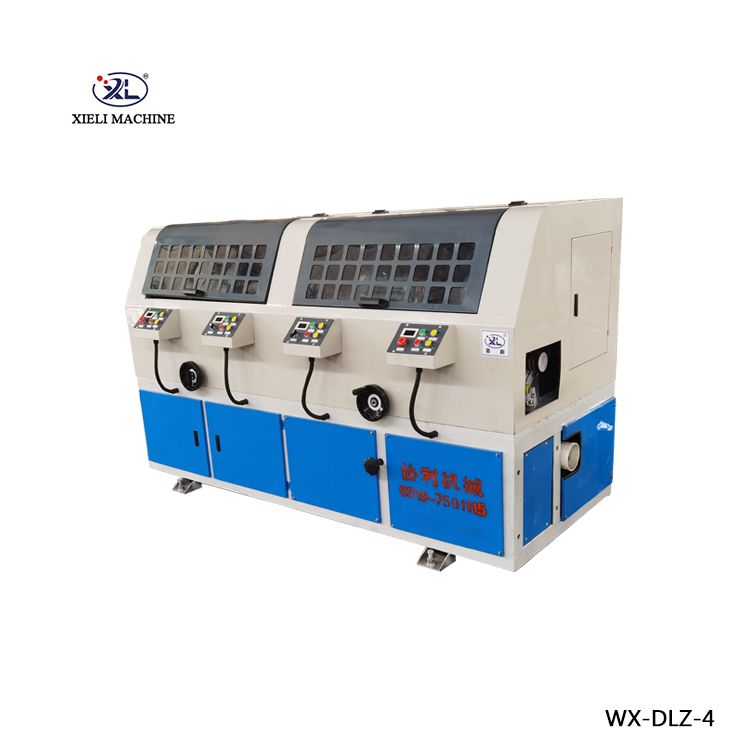Understanding Centerless Bar Grinding Machines A Key Component of Precision Manufacturing
In the realm of precision manufacturing, the centerless bar grinding machine occupies a crucial role, efficiently producing components with tight tolerances and a superior finish. This article delves into the operational principles, advantages, and applications of centerless grinding, as well as a brief overview of how these machines are crafted in factories around the globe.
What is a Centerless Grinding Machine?
A centerless grinding machine is a type of grinding tool that does not require the workpiece to be fixed between centers. Instead, it relies on the contact between the grinding wheel and the workpiece, supported by a regulating wheel. This unique setup allows for continuous processing of material, making it an essential tool in manufacturing environments where efficiency and precision are paramount.
The centerless grinding process is divided into two basic types through-feed grinding and in-feed grinding. In through-feed grinding, a continuous bar of material is fed through the machine, where it gets ground to the desired diameter. This is particularly useful for long parts. In contrast, in-feed grinding is ideal for shorter, more complex shapes, where the workpiece is loaded into the machine and ground at specific points.
Advantages of Centerless Grinding
One of the primary benefits of centerless grinding is its ability to produce high volumes of parts quickly and with great accuracy. Because there are no centers to align, the setup is simplified, and parts can be processed in a continuous stream. This leads to increased productivity and reduced manufacturing times, which can significantly lower overall production costs.
Additionally, centerless grinding machines offer an exceptional surface finish. The grinding process can remove any irregularities on the surface of the bars, resulting in a uniform and polished appearance. This is particularly crucial in industries such as automotive and aerospace, where the quality of components is critical for safety and performance.
Another notable advantage is the versatility of centerless grinding. The machines can handle a wide range of materials, including metals, plastics, and composites, making them suitable for various industrial applications. Operators can easily adjust the machine parameters to accommodate different workpiece sizes and materials, enhancing their utility in production settings.
centerless bar grinding machine factory

Applications in Various Industries
Centerless grinding machines find applications in numerous industries, including automotive, aerospace, medical, and manufacturing. In the automotive sector, they are used for grinding components like axles, shafts, and tubes, where precision is essential for vehicle performance. The aerospace industry benefits from these machines in producing lightweight but sturdy parts that can withstand extreme conditions.
In the medical field, centerless grinding is employed to create precise components for surgical instruments and implants, ensuring that these critical items meet stringent safety and reliability standards. Moreover, manufacturing industries utilize centerless grinding to produce components for machinery and equipment, where durability and performance are key considerations.
The Manufacturing Process of Centerless Grinding Machines
The production of centerless grinding machines involves a combination of advanced engineering and precision manufacturing techniques. Factories dedicated to the production of these machines must ensure that each component, from the grinding wheel to the frame, is manufactured to exact specifications. Quality control measures are vital throughout the production process to guarantee that the machines function optimally and meet industry standards.
The machine’s frame is typically made from heavy-duty steel to withstand vibrations during operation, while the grinding wheel is crafted from abrasive materials designed for durability and effectiveness. Advanced computer numerically controlled (CNC) technology is often employed to enhance precision in the machining of components, ensuring a high level of consistency across production batches.
Conclusion
Centerless bar grinding machines are pivotal in the world of precision manufacturing. Their efficiency, precision, and versatility make them indispensable tools in various industries, from automotive to medical. Understanding the fundamental principles and applications of these machines can provide valuable insights into their importance in modern manufacturing. As technology advances, we can expect further innovations in centerless grinding processes, contributing to even higher levels of efficiency and precision in manufacturing practices.





